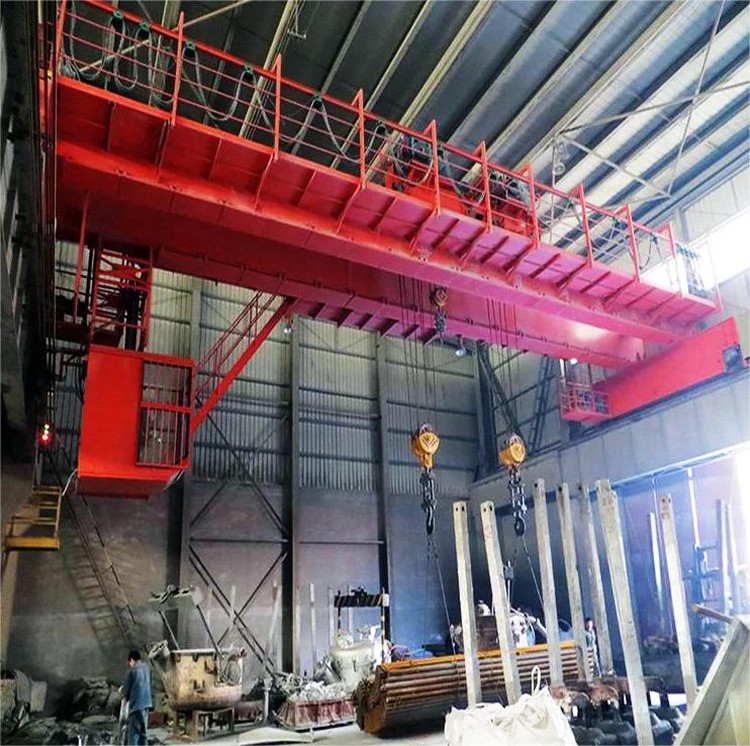 inquiry@kinocranes.com
inquiry@kinocranes.com +86-15993036980
+86-15993036980
 inquiry@kinocranes.com
inquiry@kinocranes.com +86-15993036980
+86-15993036980Henan Kino Cranes Co., Ltd
No.730, Xinghai Center, Hongqi District, Xinxiang, Henan, China
Tel: +86-373-3809941
M/P: +86-15993036980
E-mail: inquiry@kinocranes.com
Official Website: www.kinocranes.com

Bridge crane is a common lifting equipment. The larger ones used in workshops usually have two hooks, namely the main hook and the auxiliary hook.
Main hook is the main hook on the bridge crane responsible for carrying and lifting heavy objects. It is usually located under the main beam of the crane and is controlled by the crane's drum or lifting mechanism. The function of the main hook is to lift, suspend and transport heavy objects to the target location. It usually has a large load-bearing capacity and is suitable for heavy lifting tasks. The main hook can be raised and lowered through the control mechanism to achieve height adjustment of heavy objects.
Auxiliary Hook is an auxiliary hook on an overhead crane, used to handle smaller or light items. The auxiliary hook is usually located above or to the side of the main hook and has an independent control mechanism. The function of the auxiliary hook is to provide additional lifting capacity and flexibility based on the main hook. It can be used to perform multiple lifting tasks simultaneously, or to handle items that require precise positioning.
The difference between main hooks and auxiliary hooks is their load-bearing capacity and operating range. In addition, the main hook is usually located below the main beam, while the auxiliary hook is located above or to the side of the main hook to provide more flexible operation. It should be noted that the main hook and auxiliary hook usually operate independently during the operation of an overhead crane, but they can also be coordinated at the same time to meet specific lifting needs.